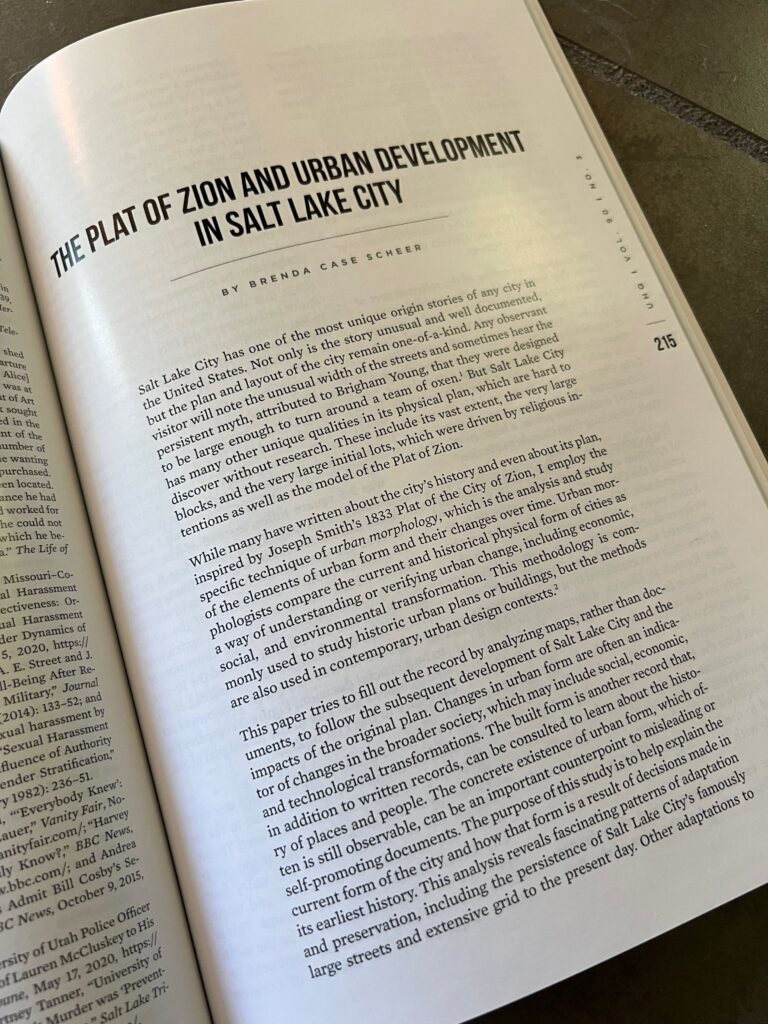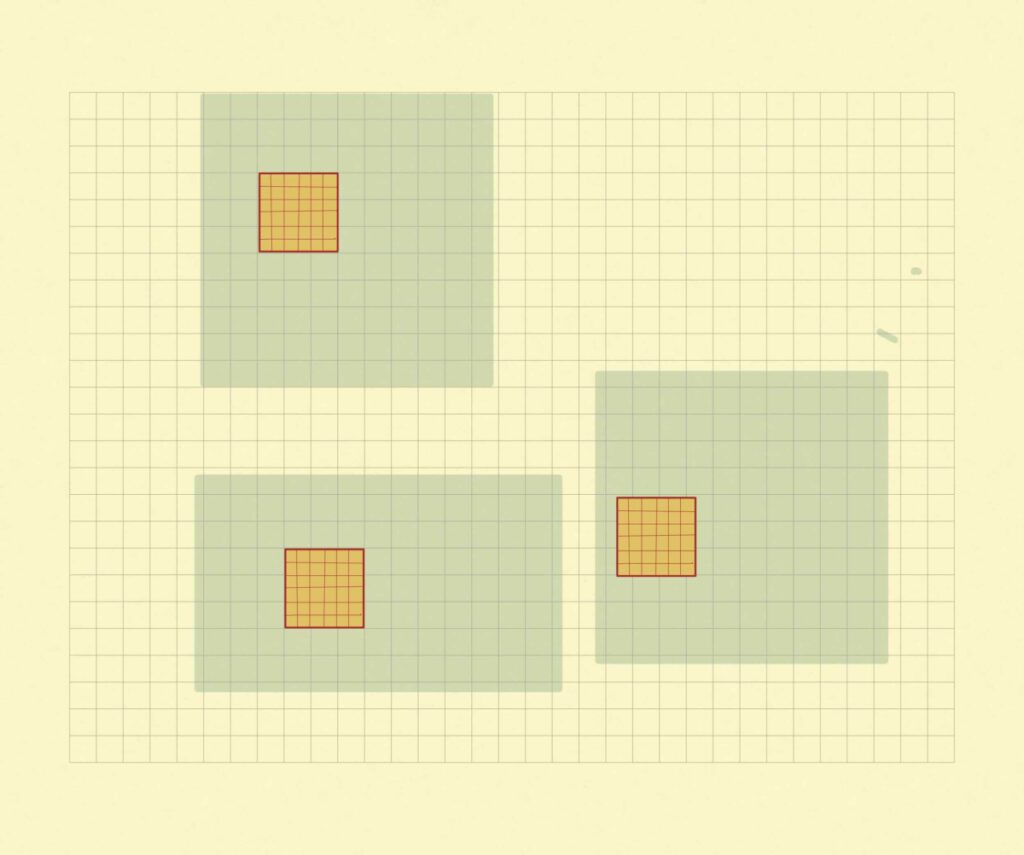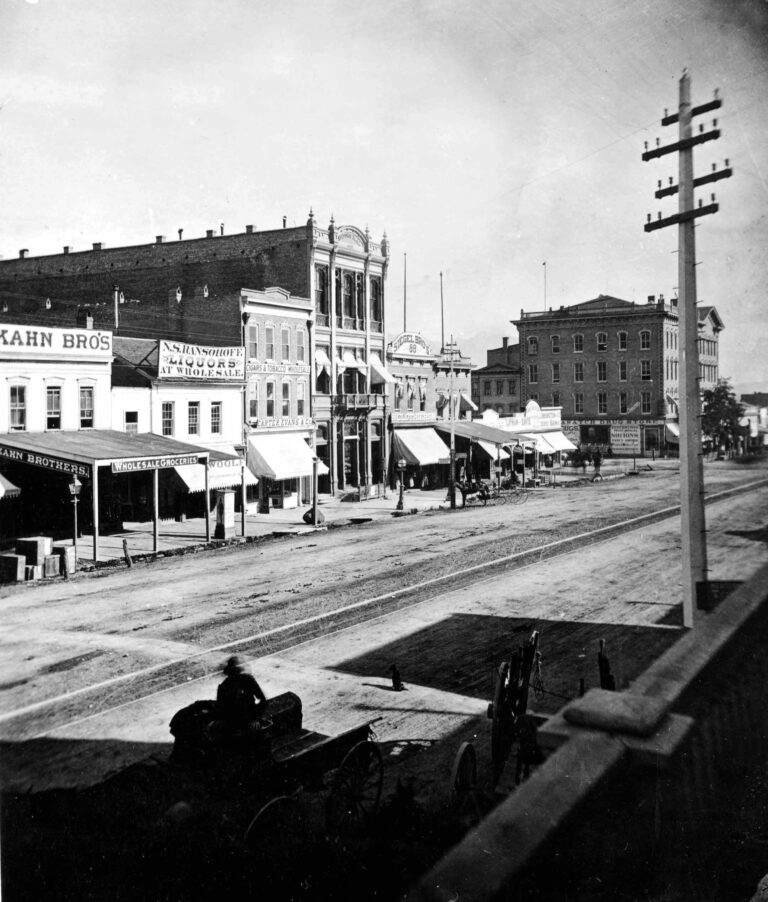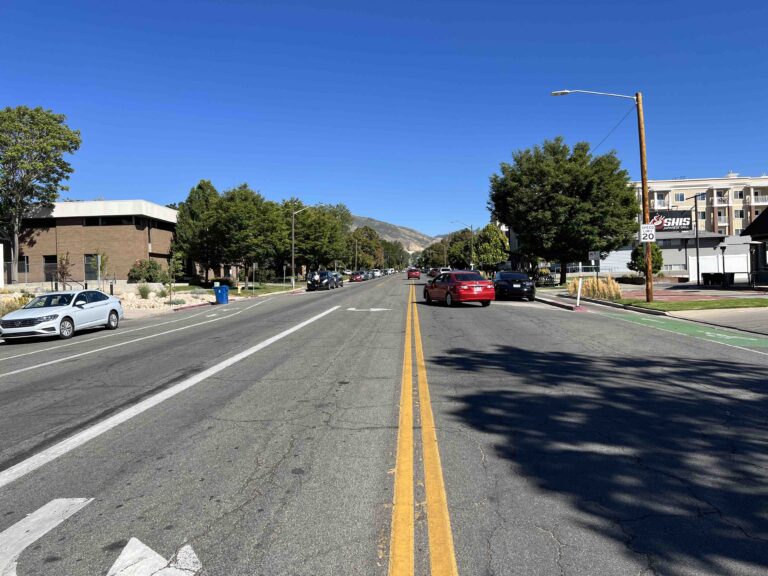The Destiny of Salt Lake City: the Region
Today I gave a talk to the Wasatch Front Regional Council about my research into the history of the plan of Salt Lake City. My particular contribution to this story is to look at how the physical plan has changed over time. Salt Lake has a very unique origin story — how the pioneers settled the valley and rapidly built a city specifically designed to meet their religious goals.
You can read about this in the full paper, which was published by the Utah Historical Quarterly this past summer. The presentation I made today has been made available by WFRC.

I’d like to thank @TedKnowlton and Andrew Gruber for inviting me to talk about this subject, which is very fascinating. To me.
The Plat of Zion and its Regional Implications
The idea of Zion was also an idea about regional planning. The Plat of Zion describes a mile square, compact village surrounded by fields. Instead of living on isolated farms, the faithful would live in a small town and commute to their fields and flocks. This would allow all the members to attend church and meetings, to help neighbors, and generally reinforce the shared, communal life. This model is called an “agricultural village” and it was far more common in Europe and other places where farmers might need to defend themselves against neighbors.

Joseph Smith envisioned the City of Zion as a central place. Additional cities or villages would surround it, each with their own belt of fields. When the time came to develop Zion in Utah, Brigham Young sent out hundreds of LDS faithful to establish new towns.
Salt Lake City’s “Big Field”, was located south of the City (the southern boundary of town was 900 South). The five-acre lots provided a place for residents to keep livestock and tend crops, while still living in town. The Big Field is now developed as the Sugarhouse and Liberty Wells neighborhoods.



